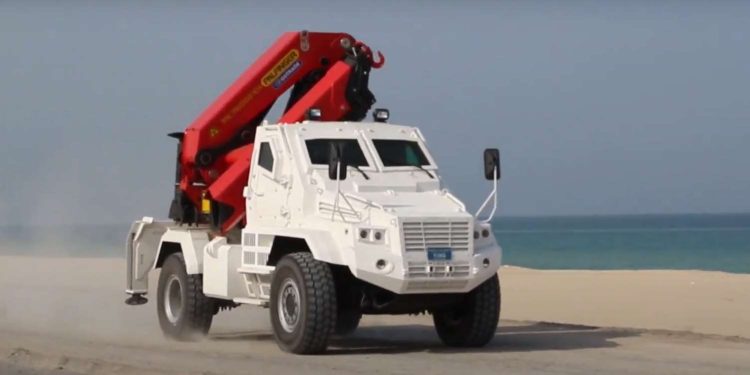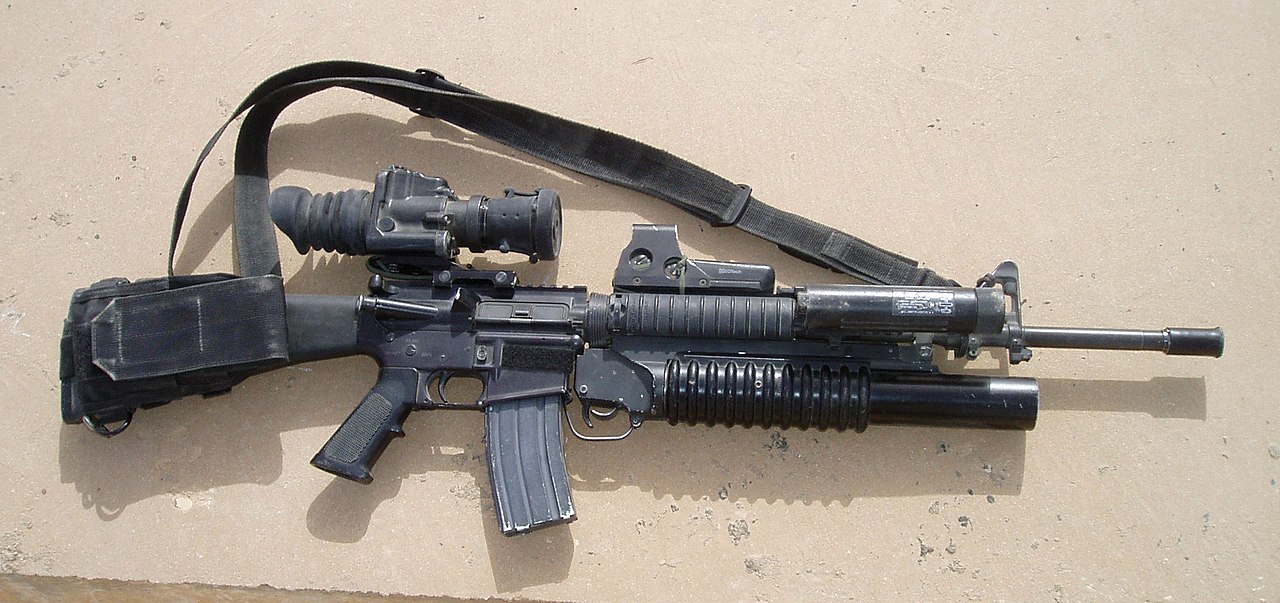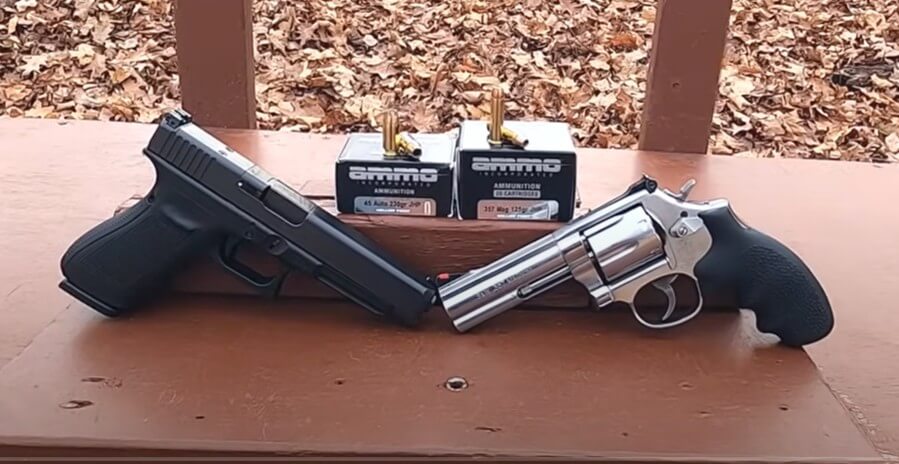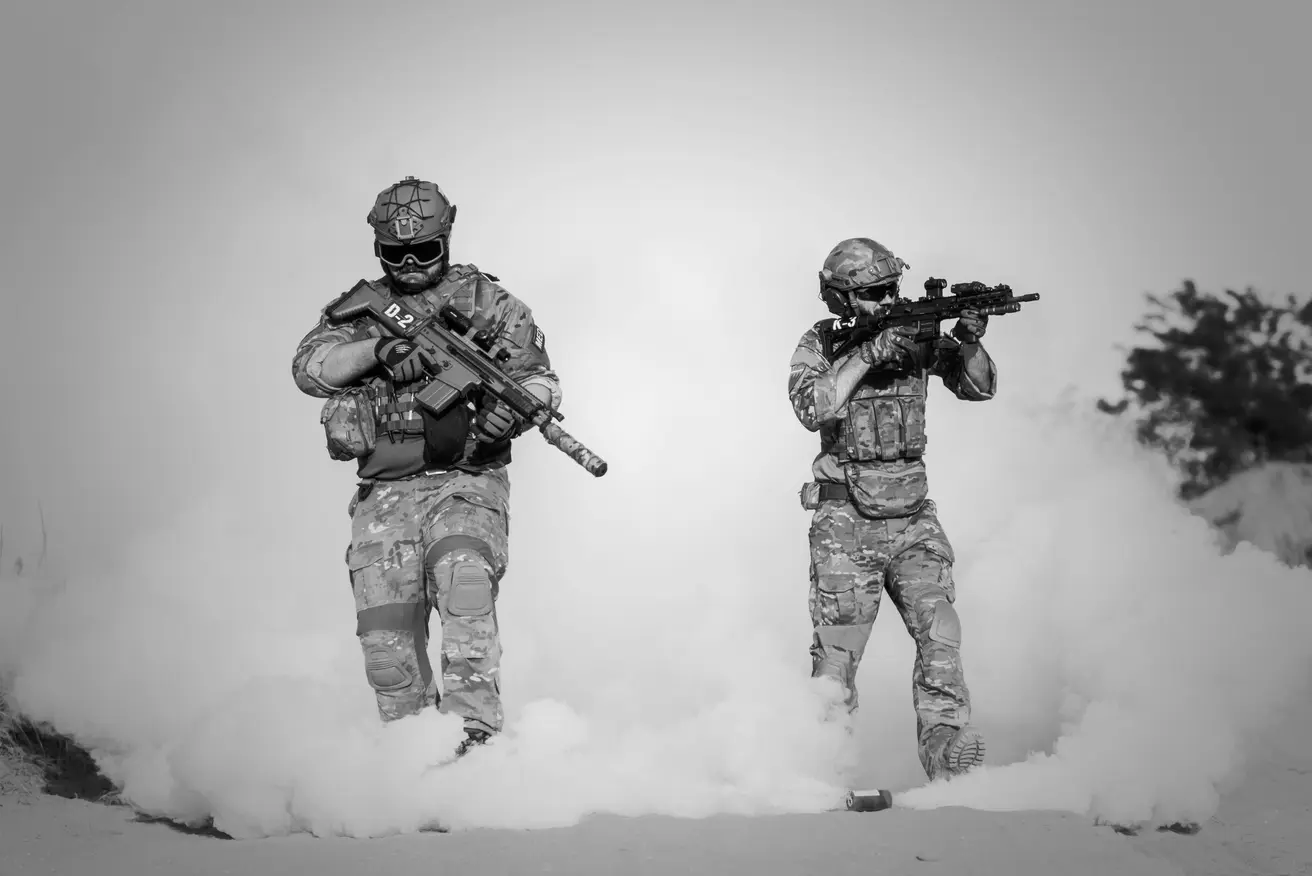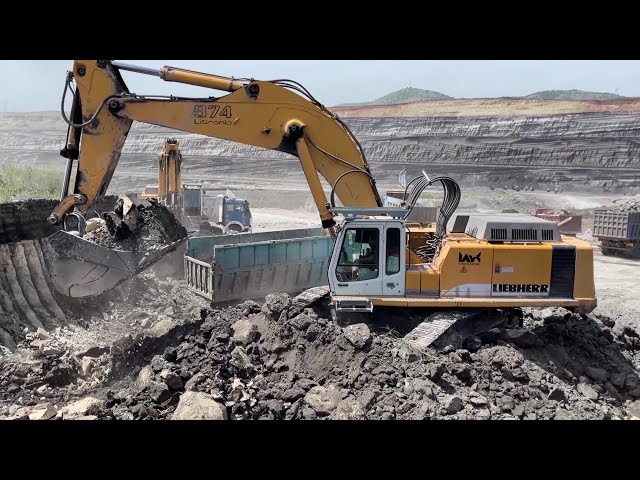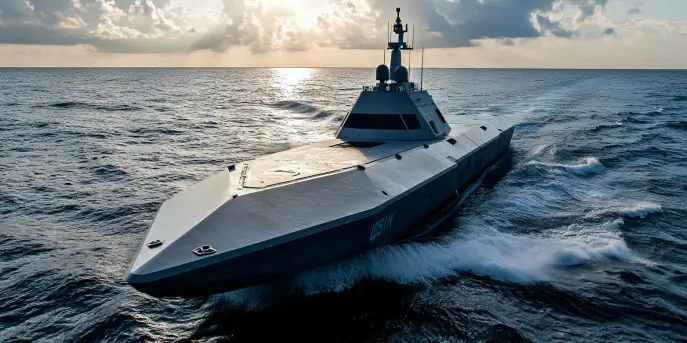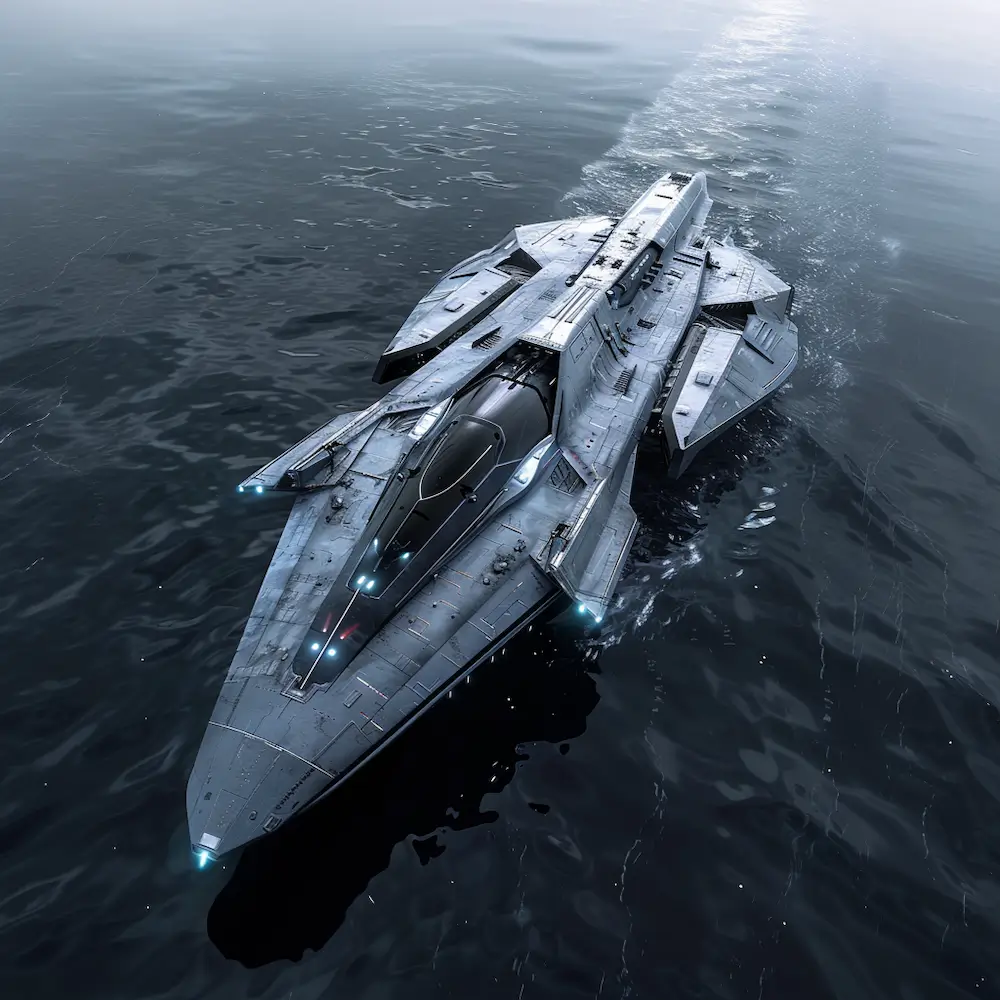In the world of military rescue operations, reliability, and safety are paramount, and the International Armored Group(IAG) Rescue Crane with STANAG armor is a perfect embodiment of these principles. Designed to operate in the most hostile environments, this specialized vehicle combines robustness with cutting-edge technology to deliver unparalleled performance in the field.
The Evolution of Military Rescue Vehicles
The evolution of military vehicles over the years has seen significant advancements, particularly in terms of protection and utility. Modern-day vehicles are no longer just transport means; they are strategic assets capable of performing a plethora of tasks under combat conditions. The IAG Rescue Crane is a testament to this evolution, offering specialized capabilities including advanced armor that meets the stringent STANAG standards.
What is STANAG Armor?
STANAG, which stands for Standardization Agreement, refers to protocols established by NATO for standardizing military equipment. The standards define levels of protection against threats such as bullets, shrapnel, and explosives. The IAG Rescue Crane features STANAG-compliant armor, which ensures that personnel and equipment are safe even under the most challenging situations. This protection is crucial when operations require entering potentially hostile environments to rescue personnel or retrieve equipment.
Features of the IAG Rescue Crane
- Advanced Armor Protection: Utilizing STANAG standards, the armor of the crane is designed to withstand small arms fire and shrapnel from explosives, providing a safe haven for the crew.
- Powerful Lifting Capabilities: Equipped with a robust crane capable of heavy lifting, the vehicle is ideal for removing obstacles or lifting personnel carriers and other vehicles.
- All-Terrain Mobility: Featuring a high-torque engine and flexible suspension system, the crane can traverse a wide range of terrains, ensuring that it can reach even the most remote rescue sites.
- Customizable Configurations: The vehicle can be fitted with extra armament or medical evacuation equipment depending on mission requirements.
These features make the IAG Rescue Crane an invaluable tool in tactical military operations.
Why Choose the IAG Rescue Crane?
The decision to deploy IAG Rescue Cranes in military operations is informed by the vehicle’s strategic advantages. Its advanced lifting mechanism and armor are designed to enhance mission success and crew survival rates in high-risk areas. In rescue scenarios where time is of the essence, the crane’s capabilities enable rapid response and effective casualty evacuation, facilitating lifesaving interventions under fire.
Specifications
| Specification | Details |
|---|---|
| Armor Level | STANAG Level 2/3 |
| Maximum Lift Capacity | 10,000 kg |
| Engine Power | 400 hp |
| Top Speed | 80 km/h |
| Crew Capacity | 2 – 3 personnel |
Operational Scenarios
Given its capabilities, the IAG Rescue Crane can be deployed in several operational scenarios:
- Battlefield Recovery: Rapid removal of destroyed or incapacitated vehicles to clear pathways and reduce battlefield clutter.
- Emergency Rescue Operations: Deployment in disaster-struck areas to assist in moving debris and rescuing survivors.
- Infrastructure Development: Utilization in building operations in challenging environments where heavy lifting is required.
In all these scenarios, the crane’s strength and protective armor enhance its utility, ensuring it can perform tasks efficiently while safeguarding its crew.
The Future of Armored Rescue Vehicles
As technology progresses, we can expect further advancements in armored rescue vehicles, including enhancements to the STANAG armor protocols and the introduction of automated features. Future models may incorporate AI-driven navigation systems and augmented reality interfaces to streamline operations and improve decision-making processes. The IAG Rescue Crane is paving the way for such innovations, reinforcing the role of technology in modern warfare and rescue missions.
The IAG Rescue Crane with STANAG armor thus signifies more than just a vehicle; it stands as a beacon of technological progression in military operations, underscoring the commitment to advancing safety and operational success in perilous conditions.
